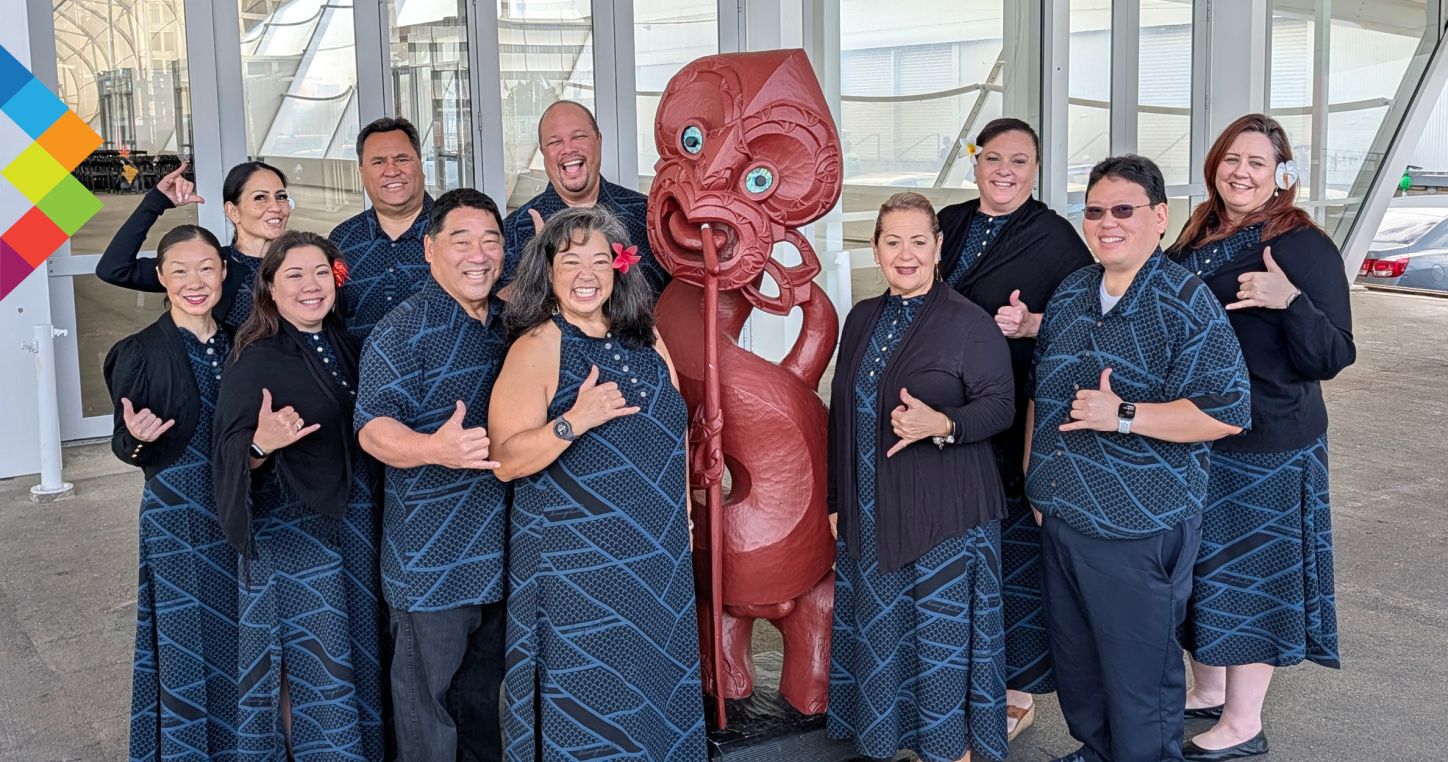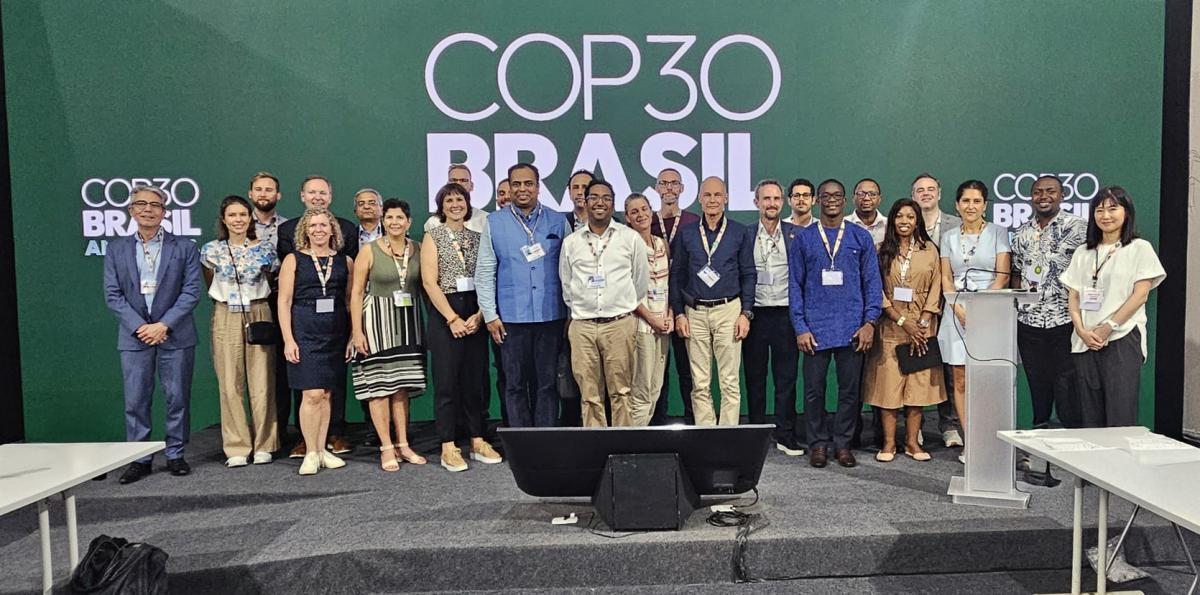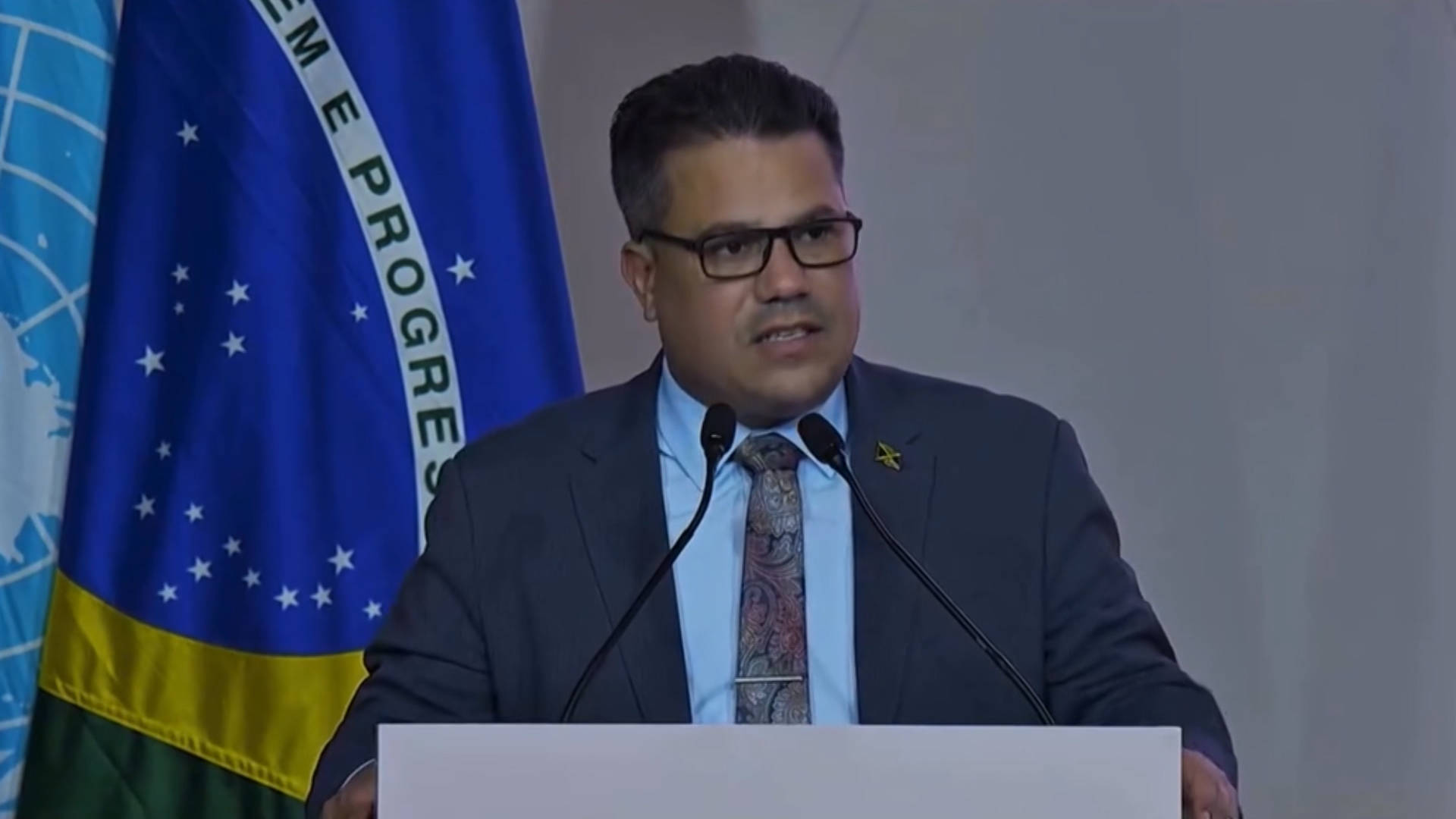Decolonizing education: Restoring and expanding Hawaiian language and cultural education – Education International

Report on Hawaiian Language Immersion Education and its Alignment with Sustainable Development Goals
This report details the revitalization of Hawaiian language immersion education in Hawaiʻi’s public schools, analyzing its progress, challenges, and institutional support mechanisms through the framework of the United Nations Sustainable Development Goals (SDGs). The efforts to restore ʻōlelo Hawaiʻi (Hawaiian language) in education directly contribute to several key SDGs, including SDG 4 (Quality Education), SDG 10 (Reduced Inequalities), SDG 11 (Sustainable Cities and Communities), and SDG 16 (Peace, Justice and Strong Institutions).
Historical Context and Revitalization: Safeguarding Cultural Heritage (SDG 11)
The suppression of ʻōlelo Hawaiʻi in public schools, beginning in 1896, represented a significant threat to indigenous cultural heritage. The modern revitalization movement, which began in the 1980s, is a direct effort to meet the aims of SDG 11.4: to protect and safeguard the world’s cultural heritage. The establishment of Kaiapuni (Hawaiian immersion) programs, now present in 33 primary and secondary schools, is the primary vehicle for this cultural restoration.
Achieving Quality and Inclusive Education (SDG 4)
The expansion of Kaiapuni programs is a critical initiative for providing inclusive and equitable quality education, a core tenet of SDG 4. However, significant challenges impede the full realization of this goal.
Challenges to Educational Quality
- Educator Shortages: A critical shortage of educators proficient in ʻōlelo Hawaiʻi undermines the capacity to provide quality instruction. This issue is compounded by a general teacher shortage across the state.
- Lack of Resources: Kaiapuni educators face a scarcity of instructional materials produced in ʻōlelo Hawaiʻi, forcing them to undertake extensive translation work. This additional, uncompensated labor impacts teacher retention and the quality of educational delivery.
Initiatives for Decent Work and Educator Support (SDG 8)
To address these challenges and promote decent work for educators (SDG 8), collaborative measures have been implemented. In 2020, the Hawaiʻi State Teachers Association (HSTA) and the Hawaiʻi Department of Education (HIDOE) established an $8,000 annual shortage differential to incentivize qualified, licensed teachers to work in Kaiapuni classrooms. While beneficial, this measure is one part of a long-term strategy required to build a sustainable educator pipeline.
Institutional Frameworks for Reducing Inequalities (SDG 10 & SDG 16)
The struggle for Hawaiian language education is fundamentally a movement to reduce systemic inequalities faced by indigenous peoples (SDG 10). This has been advanced through the development of strong, accountable institutions (SDG 16).
Policy and Legal Mandates
- Board of Education Policy (2014): A policy was established mandating “reasonable access” to Kaiapuni programs for all public school students.
- Hawaiʻi Supreme Court Ruling (2019): The court affirmed that HIDOE has a constitutional duty to provide this access, a landmark decision that strengthened institutional accountability and spurred the creation of new programs, particularly in rural areas.
Strengthening Institutions Through Advocacy
The HSTA has played a pivotal role in building institutional capacity for change. The establishment of its Hawaiian Education Committee in 2022 created a formal body to advocate for program needs. In 2023, this led to a contractual joint workgroup with the HIDOE Office of Hawaiian Education, institutionalizing dialogue on key issues including:
- Funding and salaries
- Staffing shortages
- Professional development
- Technology and educational resources
- Equitable student access
Promoting Cultural Identity and Global Partnership
Decolonization and Cultural Recognition (SDG 4.7 & SDG 11.4)
Internal reforms within the HSTA reflect a deeper commitment to decolonization and the promotion of cultural diversity, aligning with SDG 4.7 (education for global citizenship and appreciation of cultural diversity) and SDG 11.4. These initiatives include:
- Hanohano Hawaiʻi Protocol: A protocol for opening meetings with an acknowledgement of the land and indigenous peoples.
- Chapter Renaming: An ongoing effort to replace colonial English-language chapter names with appropriate ʻōlelo Hawaiʻi names.
Global Indigenous Collaboration
The HSTA’s engagement with the global community, demonstrated by its participation in the World Indigenous Peoples Conference on Education (WIPCE), underscores a commitment to international cooperation. By sharing its progress on achieving educational sovereignty, the HSTA contributes to a global dialogue on best practices for indigenous education, helping to advance the SDGs for indigenous communities worldwide.
Analysis of Sustainable Development Goals in the Article
1. Which SDGs are addressed or connected to the issues highlighted in the article?
The article highlights issues that are directly connected to several Sustainable Development Goals (SDGs). The primary focus is on education, indigenous rights, and institutional efforts to address historical inequalities.
- SDG 4: Quality Education: The entire article revolves around providing quality education, specifically through the revitalization and expansion of Hawaiian language immersion (Kaiapuni) programs. It discusses access to education, the shortage of qualified teachers, and the development of culturally relevant educational materials.
- SDG 10: Reduced Inequalities: The article addresses the historical inequality faced by indigenous Hawaiians, whose language was banned in public schools in 1896. The efforts to restore ʻōlelo Hawaiʻi in education are a direct attempt to reduce inequalities and promote the inclusion of indigenous culture and identity within the education system.
- SDG 16: Peace, Justice and Strong Institutions: The article showcases the role of various institutions in advancing the cause of Hawaiian education. This includes the Hawaiʻi Supreme Court’s ruling to enforce constitutional duties, the Hawaiʻi State Teachers Association’s (HSTA) advocacy, and the collaborative efforts between the union and the Hawaiʻi Department of Education (HIDOE).
2. What specific targets under those SDGs can be identified based on the article’s content?
Based on the article’s content, several specific SDG targets can be identified:
-
SDG 4: Quality Education
- Target 4.5: “By 2030, eliminate gender disparities in education and ensure equal access to all levels of education and vocational training for the vulnerable, including persons with disabilities, indigenous peoples and children in vulnerable situations.” The article directly addresses this by detailing the struggle for indigenous students to have “reasonable access” to Kaiapuni programs. The 2019 Hawaiʻi Supreme Court ruling, which affirmed the state’s duty to provide access for a student on the rural island of Lānaʻi, is a clear example of working towards this target.
- Target 4.7: “By 2030, ensure that all learners acquire the knowledge and skills needed to promote sustainable development, including…appreciation of cultural diversity and culture’s contribution to sustainable development.” The Kaiapuni programs are described as providing an “education centered on indigenous values,” which directly contributes to the appreciation of cultural diversity. The article’s theme of decolonization and ensuring indigenous students have “access to their history and culture” aligns perfectly with this target.
- Target 4.c: “By 2030, substantially increase the supply of qualified teachers…” The article heavily emphasizes the “critical shortage” of educators proficient in ʻōlelo Hawaiʻi. It details specific actions to address this, such as the establishment of an “$8,000 Hawaiian immersion shortage differential” to incentivize qualified teachers, which is a direct effort to increase their supply.
-
SDG 10: Reduced Inequalities
- Target 10.3: “Ensure equal opportunity and reduce inequalities of outcome, including by eliminating discriminatory laws, policies and practices…” The article frames the entire issue within the context of reversing a historical injustice—the 1896 law that made teaching in Hawaiian illegal. The creation of the Hawaiʻi Board of Education policy in 2014 and the subsequent Supreme Court ruling are actions aimed at eliminating the lingering effects of this discriminatory practice and ensuring equal opportunity for Hawaiian language education.
-
SDG 16: Peace, Justice and Strong Institutions
- Target 16.7: “Ensure responsive, inclusive, participatory and representative decision-making at all levels.” The formation of the HSTA’s “Hawaiian Education Committee” in 2022 to “gather concerns and utilize the association’s authority to advocate” is a prime example of creating a participatory mechanism. Furthermore, the establishment of a “contractual union-employer joint workgroup with HIDOE” demonstrates a move towards inclusive and responsive decision-making on issues like funding, staffing, and resources.
3. Are there any indicators mentioned or implied in the article that can be used to measure progress towards the identified targets?
Yes, the article mentions or implies several quantitative and qualitative indicators that can be used to measure progress:
-
Indicators for SDG 4 Targets
- For Target 4.5 (Equal Access): The number of primary and secondary schools offering Kaiapuni programs (currently 33), the existence of waiting lists for these programs, and legal rulings or policies that guarantee “reasonable access” serve as indicators of progress and remaining gaps.
- For Target 4.c (Qualified Teachers): The number of qualified educators in the pipeline, the size of the financial incentive offered (the “$8,000 Hawaiian immersion shortage differential”), and the continued existence of a “critical shortage” are all measurable indicators of the supply of qualified teachers.
-
Indicators for SDG 10 Targets
- For Target 10.3 (Equal Opportunity): The increase in the number of Kaiapuni programs since the 1980s and the expansion of these programs to more locations (like the island of Lānaʻi) are indicators of progress in providing equal opportunities that were denied by the 1896 law.
-
Indicators for SDG 16 Targets
- For Target 16.7 (Inclusive Institutions): The establishment and regular meetings of the HSTA’s Hawaiian Education Committee and the HSTA-HIDOE joint workgroup are indicators of institutional responsiveness. The successful securing of “funding for additional classroom and support staff positions” is a measurable outcome of these participatory efforts.
4. Table of SDGs, Targets, and Indicators
| SDGs | Targets | Indicators Identified in the Article |
|---|---|---|
| SDG 4: Quality Education | 4.5: Ensure equal access to all levels of education for indigenous peoples. |
|
| 4.7: Ensure learners acquire knowledge for the appreciation of cultural diversity. |
|
|
| 4.c: Substantially increase the supply of qualified teachers. |
|
|
| SDG 10: Reduced Inequalities | 10.3: Ensure equal opportunity and eliminate discriminatory policies and practices. |
|
| SDG 16: Peace, Justice and Strong Institutions | 16.7: Ensure responsive, inclusive, and participatory decision-making. |
|
Source: ei-ie.org
What is Your Reaction?
 Like
0
Like
0
 Dislike
0
Dislike
0
 Love
0
Love
0
 Funny
0
Funny
0
 Angry
0
Angry
0
 Sad
0
Sad
0
 Wow
0
Wow
0












































































